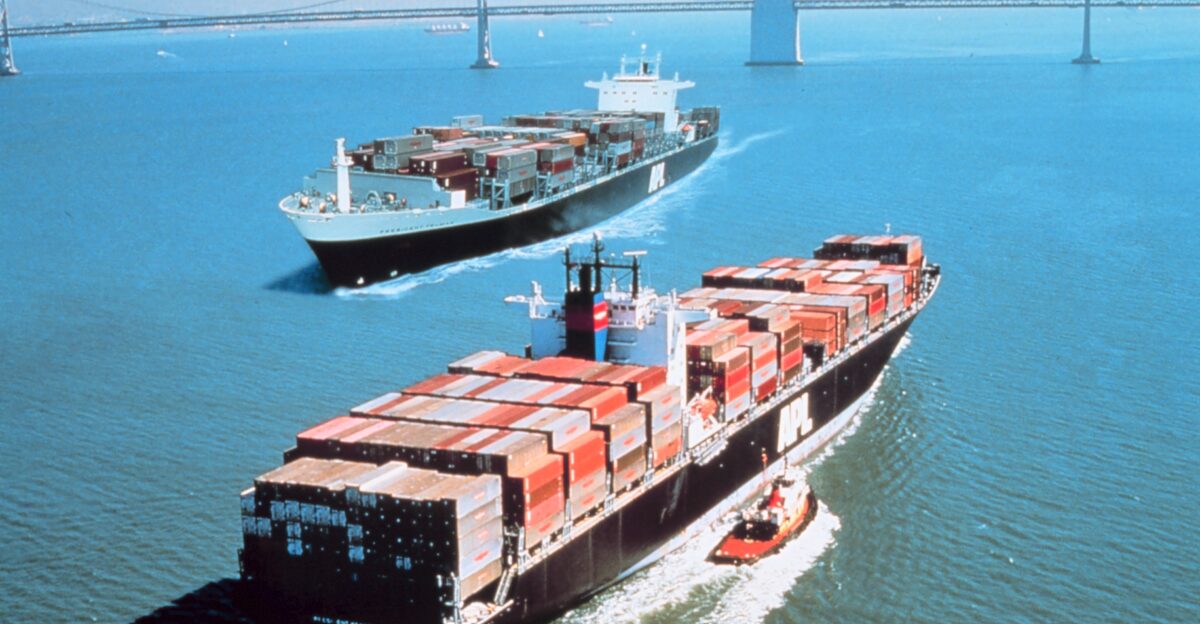
The U.S. economy just dropped another surprise: in May, the trade deficit in goods expanded. Sounds like another economy headline, but there’s more to it than meets the eye.
A trade deficit isn’t just numbers on a government report — it affects jobs, prices, and everyday purchases.
But before jumping to conclusions yet, let’s unpack what’s really going on, why exports fell, and how this might ripple through American households.
What Is a Trade Deficit?

A trade deficit occurs when a nation imports more than it exports. The U.S. has had trade deficits for years, but whether the deficit is increasing or decreasing can reflect the economy’s state. A
n expanding deficit can mean weaker foreign demand for U.S. products or strong demand for imported products domestically. It’s an important number economists and policymakers closely monitor.
The Latest Numbers

In May, the U.S. goods trade deficit expanded by 11.1% to $96.6 billion. This followed a decline in exports by $9.7 billion to $179.2 billion, while imports remained at approximately $275.8 billion.
The statistics indicate that fewer American goods are making it abroad, yet demand for imported goods remains strong in the U.S.
Why Did Exports Fall?

Exports fell for a variety of reasons. Foreign demand for U.S. products slowed as economic growth stalled in key markets. A stronger dollar also priced U.S. products out of foreign markets.
Weather and shipping closures might have had secondary effects as well. All of this resulted in fewer products leaving U.S. ports in May.
Imports Hold Steady

Imports didn’t vary significantly in May, even while exports declined. Companies continued importing everything, from electronics to apparel.
Early in the year, many companies pulled imports forward in expectation of new tariffs, which boosted inventories.
Steady imports indicate U.S. consumer demand has not slowed down much, despite general economic worries.
GDP and the Trade Balance

Trade balances have a direct impact on GDP. When exports decline and imports are high, GDP can be affected.
But the Atlanta Fed is forecasting GDP growth to pick up to 3.4% this quarter. That does not necessarily mean a strong economy.
Imports and exports can artificially push and pull growth numbers around, and it isn’t easy to assess the economy’s underlying health.
Tariffs and Business Planning

Previous import surges were partly fueled by tariff anticipation. Companies stocked up to pay less in the future. This practice added to previous spikes in the deficit.
Though these anticipatory imports kept shelves stocked, they made economic forecasting more difficult and distorted lumpy trade data from quarter to quarter.
Effect on Prices

A deteriorating trade balance and import and export dynamics can have insidious implications for prices. Prices for imported goods can be relatively immune if the dollar remains strong and imports are stable.
However, if weakness in exports is a harbinger of more general slowdowns overseas, it may impact commodity prices and manufacturers’ costs further down the road.
What It Means for Jobs

Exporting industries, such as agriculture and manufacturing, can be strained if foreign demand weakens. Slow exports can translate into lower production or postponed hiring.
Conversely, stable imports maintain retail and distributional jobs here in the country. The net effect on jobs is based on the duration of these trends.
Consumer Confidence Signals

Weak economic activity in retail sales, housing, and the job market indicates consumers are becoming more cautious.
A wider trade deficit does not necessarily directly cause that, but it reflects underlying spending and investment trends.
Combined with softer exports, this adds up to a challenging economic environment over the second half of the year.
Long-Term Trends

The U.S. has been running trade deficits for years, and they don’t necessarily signal trouble. At times, they mirror robust consumer spending and economic expansion.
But in combination with other warning flags, such as weak exports and slowing retail sales, they can signal incipient weaknesses. Economists recommend viewing trade data in the context of wide-ranging trends.
Global Connections

U.S. trade balances rely heavily on the global economy. When large trading partners decelerate, demand for U.S. products slows.
This interdependence allows economic shifts overseas — from Asia to Europe — to directly affect American consumers and workers. Keeping an eye on international trends provides hints about what comes next.
What to Watch Ahead

Economists will be monitoring in the months ahead if exports revive or continue to decline. They will see if imports remain stable or begin to decline, an indication of softer domestic demand.
Future retail, housing, and manufacturing reports will reveal all. Consumers need to be cautious but should not yet panic.
The Bottom Line for You

Although the trade deficit news might sound technical, it could foreshadow potential shifts in jobs, prices, and economic steam.
Most Americans won’t see an immediate impact for now, but some industries could be hurt if exports continue on their slide.
Keeping tabs on these events can give you a clearer sense of what could affect the economy — and your wallet — in the coming months.
